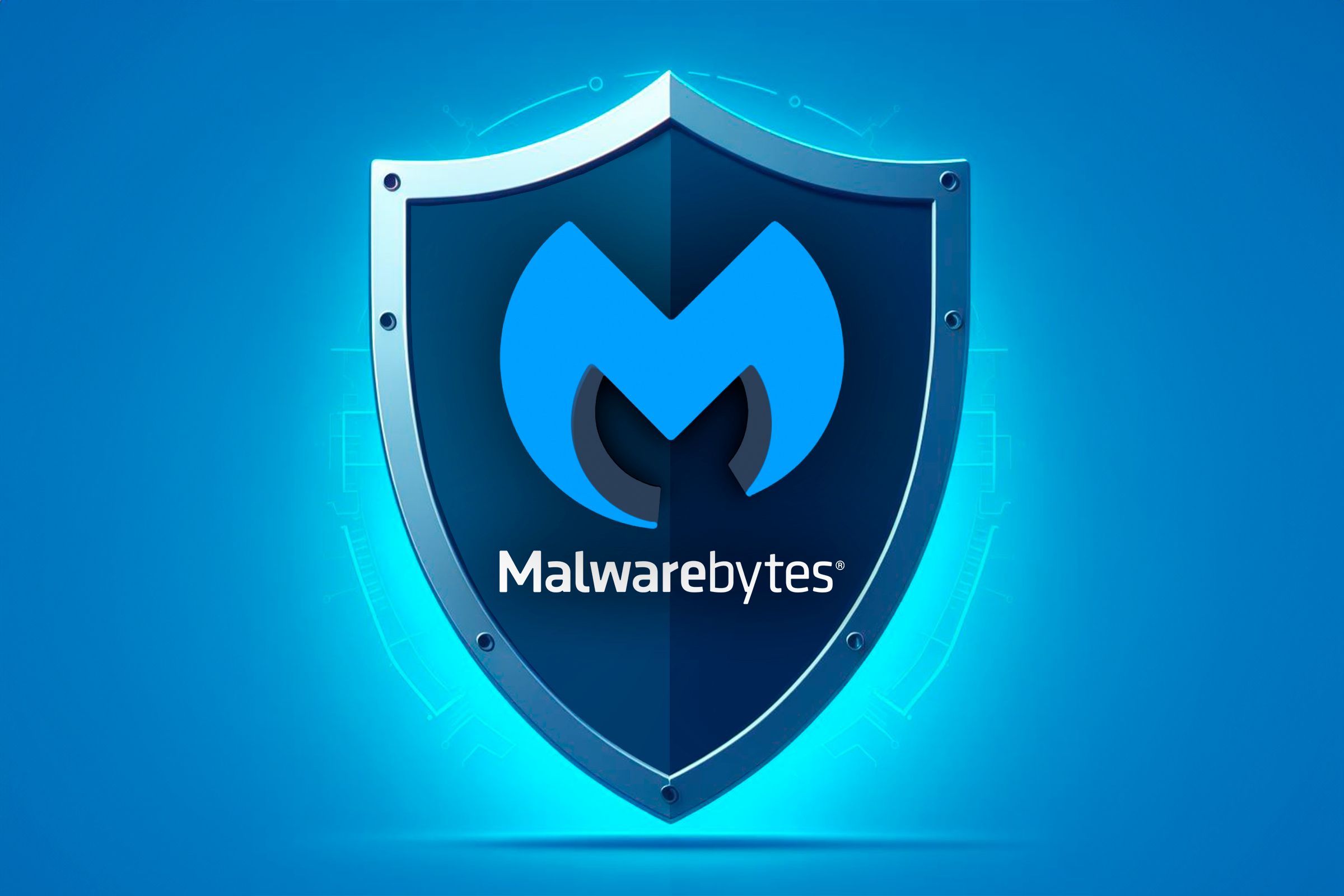I Bought a Modern CPU on AliExpress, Here’s How It Went
CPUs
Of all the places to buy a CPU, AliExpress might be the last you’d go to for legitimate hardware. With numerous shady listings and countless fake reviews, it’s tough to trust anything you see. But sometimes the price is just too tempting to ignore.
Why I Chose AliExpress
If you somehow haven’t heard of AliExpress, it’s a Chinese online retail platform, serving as the consumer-focused counterpart to Alibaba. It’s an alright site for cheap gadgets (like keyboard and mouse switches) and doohickeys like jewelry and clothing, but it’s not the first place you’d think of for buying expensive computer parts. In fact, quite the contrary.
You might have seen videos of fake AliExpress GPUs. Sellers promise a modern GPU like the NVIDIA GeForce RTX 4060 but instead ship an old GTX 750 disguised with a custom shroud to make it look like the real deal. It can even identify as an RTX 4060 in Windows thanks to a fake BIOS.
I had similar worries about buying a CPU. While it’s harder to fake a CPU, it can still be done. Sellers could send a fake, non-working item that looks like a CPU, though it should be easy to prove, and AliExpress should provide a full refund. The other scam would involve shipping a real CPU but a cheaper model, potentially with a replaced IHS. For instance, instead of the AMD Ryzen 7 7700 I ordered, I could’ve just as easily received the significantly cheaper Ryzen 5 7500F.
With all these concerns, why would I still buy a somewhat expensive CPU from AliExpress? The answer, as it so often does, comes down to one thing: price. The Ryzen 7 7700 cost me $200 with shipping, much cheaper than the ~$300 I’d pay at a local retailer. While the current price on Amazon is $275, that’s not an option for me due to my location. The AliExpress listing looked legitimate, with over a thousand purchased and numerous positive reviews with photos, so I placed my order.
The CPU Is Legit and It Works
After three anxious weeks, the CPU finally arrived at my doorstep in a super sketchy cardboard box CPU, inside which was a poly bubble mailer containing the CPU. This was a tray CPU (packed in a plastic tray instead of the original box), but I was aware of it. Still, I was taken aback by the horrendous packaging considering the item’s value.
I popped the CPU into my new motherboard, dabbed on some thermal paste, quickly attached the cooler, and powered up the PC. To my relief, my new PC POSTed immediately, and the motherboard UEFI (BIOS) correctly identified it as the Ryzen 7 7700.
After successfully installing Windows 11, I checked Task Manager and saw the expected base and boost clock speeds, along with 8 cores and 16 threads. AMD Software and CPU-Z also confirmed the processor’s identity.
The next logical step was to install some games and stress test apps for further testing, which I did. Thankfully, the CPU worked flawlessly in everything I could throw at it. I later enabled PBO and set the maximum temperature to 85°C (instead of 95°C) to improve longevity. The CPU consistently runs at around 5.2 GHz, even with a -30mV undervolt—all healthy numbers for this chip. Not only does it work, but it also happens to be some decent silicon, too!
I’ve been using the CPU daily for around 10 days and haven’t had any issues so far. While most CPUs with manufacturing flaws either fail right away or after a few days, it’s not unheard of for them to die after a few months. So, I’m not entirely in the clear yet, and I’m unsure if AMD, AliExpress, or the reseller would even honor a warranty claim.
Why You Probably Shouldn’t Buy a CPU on AliExpress
While my experience was positive, I still wouldn’t recommend buying AliExpress CPUs to others. As a tech journalist, I was willing to take the risk. I paid for the CPU with my own money, knowing that it would make for an interesting article no matter the outcome. The price difference kind of made sense for me, as I saved around $100, but that might not be the case for you.
Many countries have taxes and customs fees on expensive products like this one. While I didn’t pay any, I saw reviews from Spain and other European countries where buyers ended up paying customs fees, bringing the final price to around $300. Americans now also have to pay a 10% tariff on goods imported from China. In those cases, the buyer isn’t only wasting money and waiting for weeks, but they’re also left with questionable warranty coverage.
Instead of hunting for a CPU on AliExpress, I recommend waiting for sales on mainstream sites like Amazon and Newegg, or opting for a more budget-friendly alternative. Last-gen hardware is still relevant and often goes on clearance sales as retailers make room for new stock. If you want to get the most value for your money, consider buying a used CPU from a reputable seller. Used CPUs are a relatively safe bet and can last for years; I’ve bought several without any issues.


















